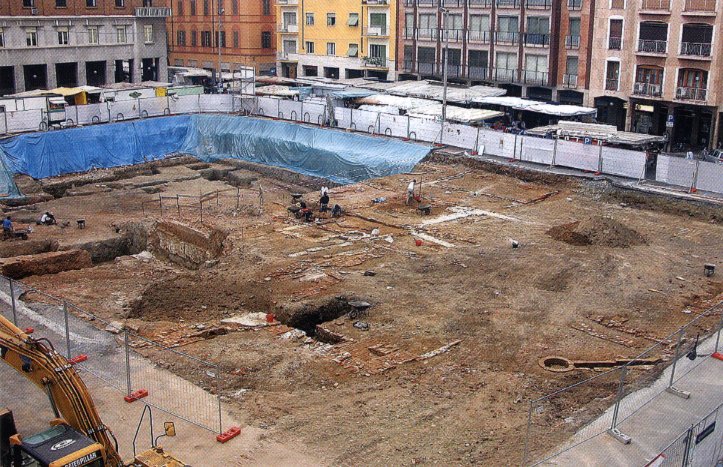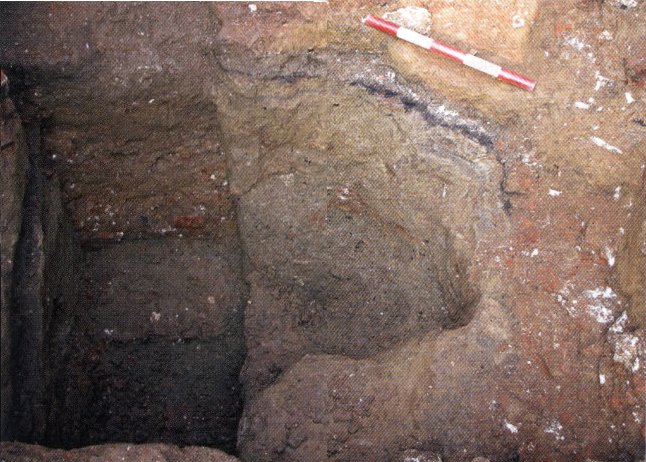








|
|
Cremona battle evidences found
October 18th, 2005
“Fourty thousands of armoured men break into the city,
followed by much more of servants and slaves, wild and perverse people...
While despising the visible richnesses, they prefer to torture the owners
asking them where to find hidden treasuries.
With fired torches, they have fun to throw them into the empty houses and in the
robbed temples... (Tacitus, Historiae, III, 33)
But preliminary work on an underground car park allowed for more
extensive excavations than ever before.
"The layer of ash left by fires and the butchered remains from the
Roman age uncovered in various spots of the digs have confirmed both
the city's destruction and its famed wealth," said the excavation's
director Lynn Passi Pitcher.
"It has also given us a vital point of reference for dating other
finds." As well as numerous everyday objects, archaeologists have
unearthed frescos, mosaics and fragments of glass, all indicating a
luxurious standard of living.
Piazza Marconi is not in the heart of Cremona but lies within the
boundaries of the ancient city walls.

The excavations of Piazza Marconi
The latest digs covered an area of around 2,000 square meters, down to a depth of 7.3 meters.
Tacitus's description appears in his Histories of the Roman Empire,
which were written some 35 years after the sack of Cremona.
"Forty thousand armed men burst into Cremona, and with them a body of
sutlers and camp-followers, yet more numerous and yet more abandoned
to lust and cruelty," he wrote. "Neither age nor rank were any
protection from indiscriminate slaughter and violation.
"Aged men and women past their prime, worthless as booty, were
dragged about in wanton insult. Did a grown-up maiden or youth of
marked beauty fall in their way, they were torn in pieces by the
violent hands of ravishers; and in the end the destroyers themselves
were provoked into mutual slaughter." He went on to describe the four-
day rampage, discussing how the pillagers set fire to houses and
temples after looting them.
"When all things else, sacred and profane, were settling down into
the flames, the temple of Mephitis outside the walls alone remained
standing, saved by its situation or by divine interposition.
"Such was the end of Cremona, 286 years after its foundation," he
concluded.
The sack of Cremona occurred in the "Year of the Four Emperors", the
period of civil war that followed Nero's forced suicide in 68 AD.
Aulus Vitellius, who succeeded Galba and Otha, was governor of Lower Germany when he was proclaimed emperor by his troops.
His rule lasted from April until December 69 AD, and although never acknowledged as emperor by the entire Roman world, he was accepted by
the Senate.
However, Vitellius's fate was the same as Otha's, when the Danubian legions declared their support for Vespasian. Vitellius' own troops
started deserting him and the clash in Cremona marked the end of his reign.

Leggila in italiano

|
|
|